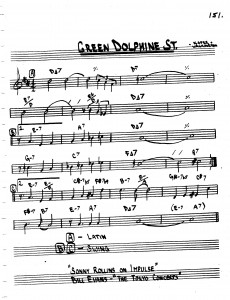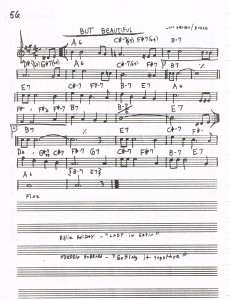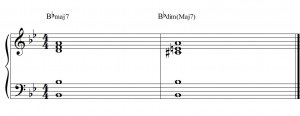Talk about a movie song that outlasted its source material. Type “Green Dolphin Street” into the YouTube search bard, and you’ll get 140,000+ results. Statisically speaking, approximately one out of every five people born since 1930 will, at some point, record this song.
And yet, not a lot of people remember the 1947 movie starring Lana Turner for which this was the title theme. The New York Times certainly was not impressed at the time, calling it “a glamorized illustration of a turgid adventure yarn.” The plot, in a nutshell: Lana Turner and Donna Reed play sisters in love with the same man; he gets drunks and winds up proposing to the wrong sister. My exhaustive 10 minutes of Google research failed to uncover how the titular boulevard factors into the story line.
To me, it always seemed highly unlikely that a street by that name could actually exist. I could easily imagine a developer with a fondness for aquatic fauna naming a street “Dolphin”, but who ever heard of a green dolphin? Pink dolphins, sure…but green?
None of this, of course, explains why the Real Book copyist thought that D-O-L-P-H-I-N was spelled with an “e”.
Click here to view the original page.


 Follow
Follow
